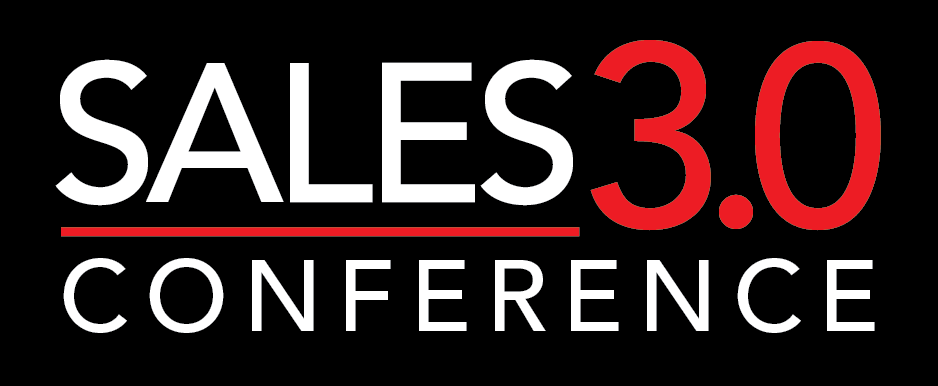Sales leaders today feel the mounting pressure to deliver on revenue targets, yet only 16 percent are confident they have the talent they need to succeed. With the war for sales talent at an all-time high, scaling your team with top performers is a tall task.
Or is it? Many leaders rely on the tried-and-true method of sourcing A-level salespeople externally, but recruiting isn’t the only way to find the next generation of great salespeople. Talent can be homegrown.
Your employees – especially those early in their career – are hungry for growth. Through a formal sales development program, you can not only strengthen your talent pipeline, but also empower the next generation of leaders and secure sales success at scale.
Why Invest in a Development Program?
Sales development is a separate (but related) category to sales training. Rather than focusing on tactical sales skills, development programs seek to grow soft skills, such as leadership, to prepare reps for the next stages of their careers.
Done right, a development program can be transformative for all those involved. For instance, businesses offering a mentorship program – a type of development training that focuses on growing talent through one-to-one relationships – have found it benefits both mentors and mentees. Mentees are more likely to get promoted, while mentors benefit from the exposure to new ideas and fresh perspectives. In a world where the definition of great leadership is rapidly changing, both sides benefit from sharing and understanding different experiences.
As for the business impact, companies that invest in developing the next generation of leaders are 2.4 times more likely to hit their performance targets. Additionally, these programs can help reduce turnover: A 2019 Work Institute study found that turnover due to a lack of growth and development opportunities has increased 170 percent since 2010 – making it a top reason employees leave their jobs. Considering the cost of replacing a salesperson, losing talent can have a major impact on your business. Sales leaders can easily avoid this by providing these development opportunities.
How to Build an Impactful Sales Talent Pipeline
Despite their potential impact, development programs are often ad hoc reactions to employee requests. To reap the full benefits, you must approach sales development with a clear process and charter for success. Get started with these steps:
`1. Outline clear career competencies
Research by Glassdoor revealed that offering clearly-defined career paths is a key driver of employee satisfaction. However, leading businesses must go one step further. In addition to providing transparent career paths, your program should develop a competency model that prescribes steps your salespeople can take to get promoted. This ensures that reps who enter general roles, like inside sales, have a future at your company – and that you aren’t scrambling to find the great leaders as you scale.
2. Encourage cross-functional learning
Sales doesn’t operate in a vacuum, and neither should your development program. Exposure to various elements of your business, from engineering to marketing, gives employees a chance to hone new skills and gain a deeper understanding of your business. Partner with human resources to provide a one-to-one mentorship program, or rotate your reps through cross-functional projects. Both methods effectively broaden an employee’s skill set and provide opportunities to develop the core competencies needed to advance their careers.
3. Train managers on how to develop talent
Development doesn’t stop with early-career employees – managers must also be taught how to grow talent. This “manager enablement” ensures frontline sales managers have the skills necessary to nurture and retain top talent. Your program should teach managers essential tools, such as how to give and receive feedback, resolve conflict, negotiate salaries, communicate effectively, and more. Doing so equips managers to perform the essential role of providing teams with actionable, growth-oriented advice.
4. Evolve your program intentionally
Finally, your development program must dynamically reflect the needs of the people you are trying to grow. As your workforce diversifies and new technologies and methods become available, your program should adapt to different expectations and ways of learning. Form a development program “crew” – with representatives from across the company – that is responsible for regularly collecting and implementing feedback. This will not only safeguard your program against becoming stale – it will ensure maximum participant benefit.
Meet Tomorrow’s Sales Hiring Challenges
A formal investment in a development program is more than a pipeline perk. A company’s performance is only as good as its people. With the creation of a strategic development program and a deep commitment to your employees, your sales organization will have the foundation needed to succeed at scale today and tomorrow.

Haley Katsman is the vice president of growth enablement and operations and account development at Highspot, the sales enablement platform that reps love. Connect with her on Twitter and LinkedIn.




